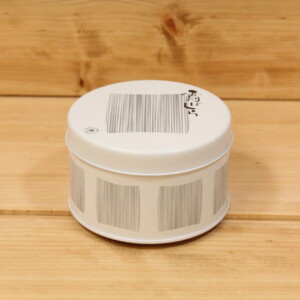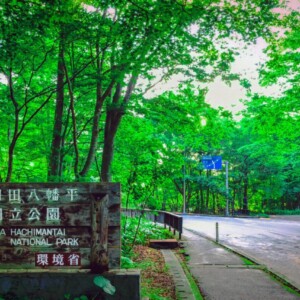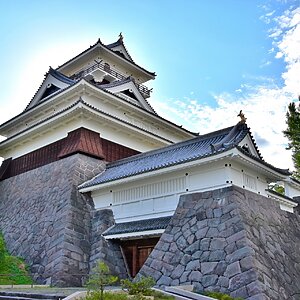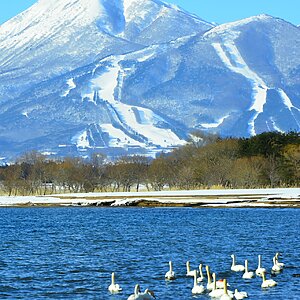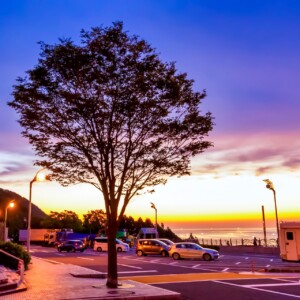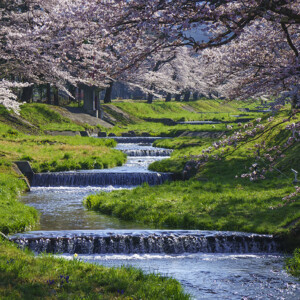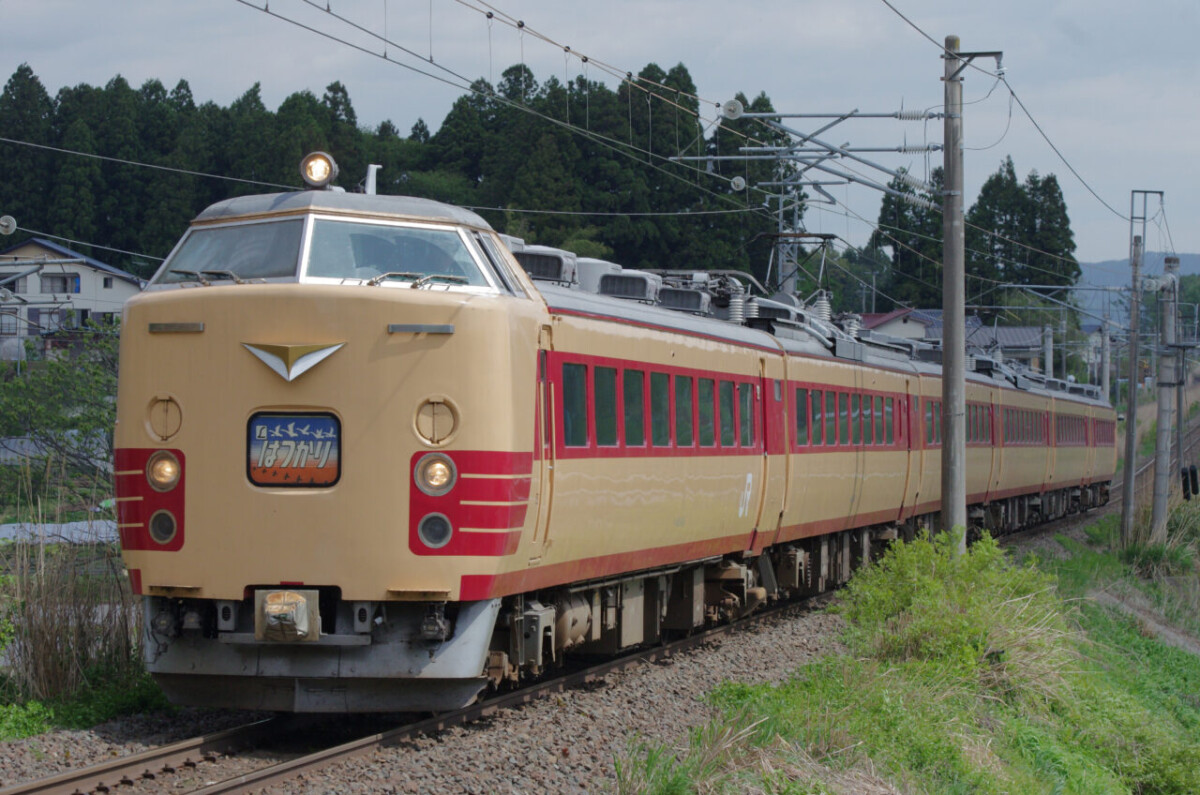
The tracks of Hatsukari, the first express train in the Tohoku region
table of contents
When people living in the Tokyo metropolitan area use public transportation to visit the Tohoku region, they often use Shinkansen trains such as the Tohoku Shinkansen. However, the Tohoku Shinkansen opened in 1982, about 40 years ago .
In earlier times, what did people ride to the Tohoku region?
One option is Hatsukari, the first limited express train .
Introducing the first limited express train in the Tohoku region
In the prewar and immediate postwar eras, the limited express trains of Japan National Railways (the predecessor of today's JR) truly special trains , as their official name ``special express trains'' , and they were the mainstay of long-distance travel.
Limited express trains only ran from Tokyo to Osaka and Hakata, and the number of trains was extremely limited.
the Hatsukari, the first limited express train to run in the Tohoku region, was introduced in October 1958 to meet the demand for transportation between the Tokyo metropolitan area and the Tohoku region and Hokkaido. I decided to do it.
Hatsukari mainly operated from Ueno Station in Tokyo to Aomori Station in Aomori Prefecture .
From Aomori Station, I was able to transfer to the Seikan ferry and cross to Hakodate Station in Hokkaido.
After arriving at Hakodate Station, I was able to transfer to the express train ``Taisetsu,'' which carried passengers heading toward Sapporo.

The Seikan Ferry is an undersea tunnel that connects Aomori Prefecture and Hokkaido, and its operation ended when the Seikan Tunnel opened, but the ferry that was actually used is located 5 minutes walk from Aomori Station. It has been preserved as the ``Seikan Ferry Memorial Ship Hakkodamaru.''
You can go inside the ship (for a fee) and walk on the deck, touch the rudder and communication equipment in the wheelhouse, and see the railway cars on board.
Seikan Ferry Memorial Ship Hakkodamaru <Information>
- Name: Seikan Ferry Memorial Ship Hakkodamaru
- Address: 1-112-15 Yanagawa, Aomori City, Aomori Prefecture
- Contact number 017-735-8150
- Business hours: 9:00-19:00, admission until 18:00 (April 1st - October 31st)
9:00-17:00, admission until 16:30 (November 1st - 3rd) month 31st) - Closed: December 31st, January 1st, Monday to Friday of the second week of March
- URLSeikan Ferry Memorial Ship Hakkodamaru
Google Map
"Hatsukari" was originally an SL train
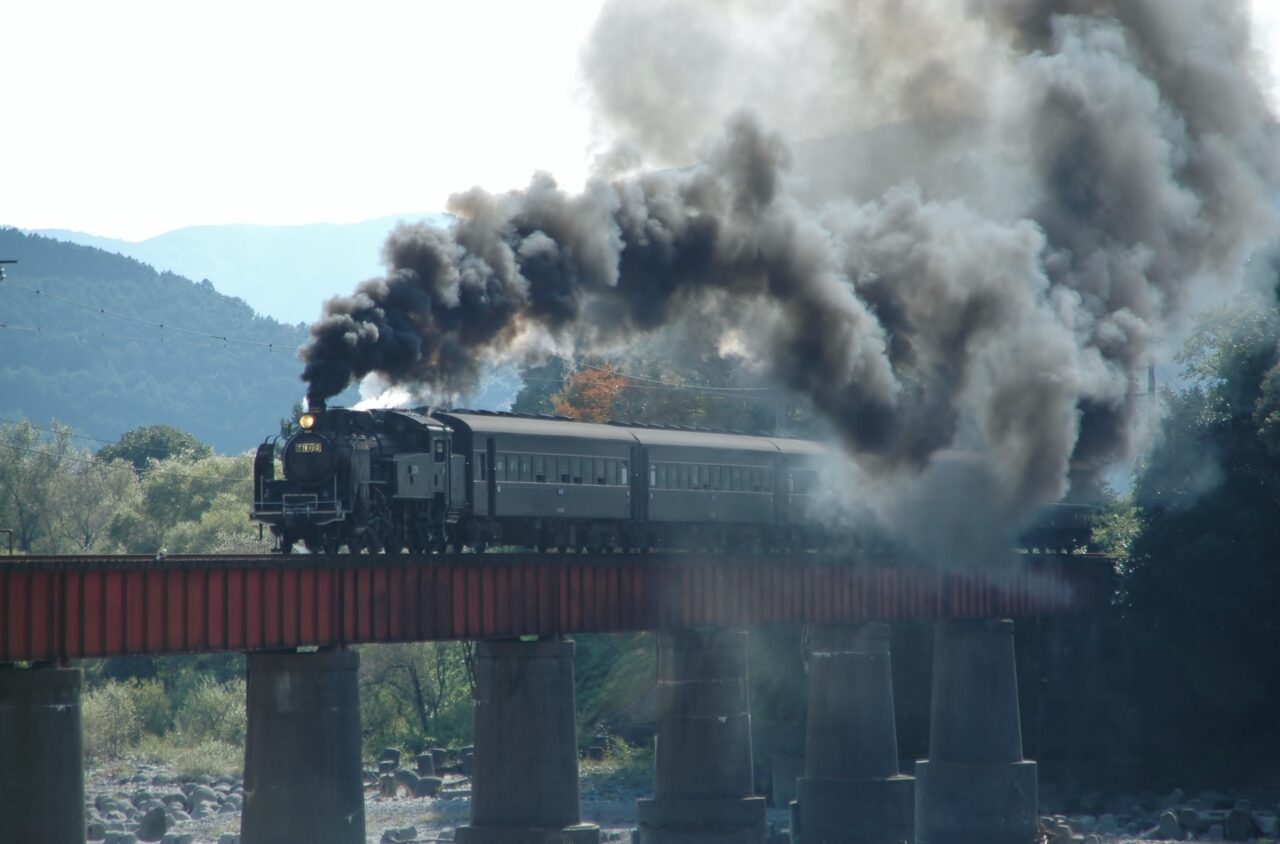
When it first appeared in 1958, Hatsukari was a classic-style express train in which a steam locomotive pulled a passenger car.
This is because at the time, the Tohoku Main Line was not fully equipped with the equipment needed to supply the electricity needed to run the trains.
Trains pulled by steam locomotives (SL trains) tend to slow down on steep climbs, so the Joban Line, which has fewer steep hills, was chosen as the route for trains south of Miyagi Prefecture, rather than the Tohoku Main Line. I got it.
Rather than passing through Utsunomiya Station in Tochigi Prefecture or Fukushima Station in Fukushima Prefecture, it instead stopped at Mito Station in Ibaraki Prefecture and Taira (now Iwaki) Station in Fukushima Prefecture.
Although it initially took 12 hours to travel from Ueno Station to Aomori Station, the first limited express train in the Tohoku region was very popular and it became difficult to get a seat on the train.
“Hatsukari” was known as a ship full of accidents.
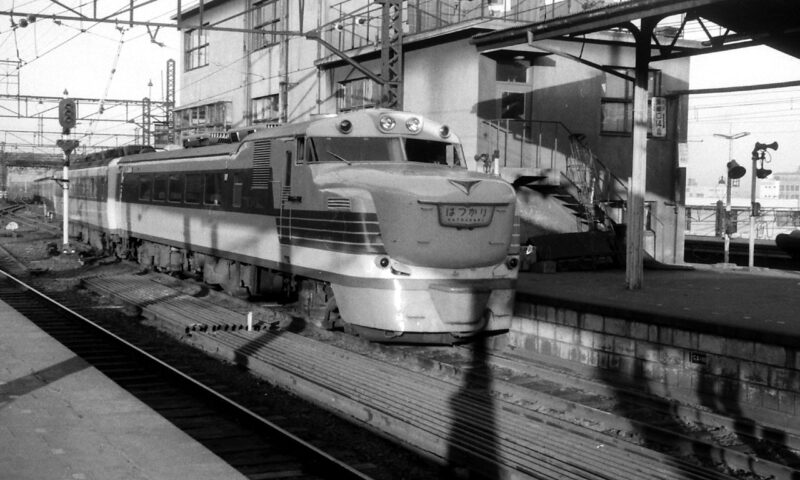
author: vvvf1025 , CC Attribution-ShareAlike 3.0
by https://commons.wikimedia.org/w/index.php?curid=30760192
``Hatsukari'' became very popular as soon as it appeared, but the limited express trains pulled by steam locomotives were significantly inferior to the limited express trains on the Tokaido Main Line, which were already in use with electric trains.
Therefore, from December 1960, ``diesel cars'' that ran on light oil were newly introduced.
The ``Hatsukari'' operated by the Kiha 80 series, JNR's first limited express diesel car, was plagued by various early failures when it first appeared, and some of the troubles included fires.
Although the train was ridiculed as ``a disappointing train'' and ``full of accidents,'' it continued to be a very popular train after overcoming its early failures.
With the introduction of diesel cars, the travel time between Ueno and Aomori has been shortened to 10 hours and 25 minutes.
“Hatsukari” turned into a train
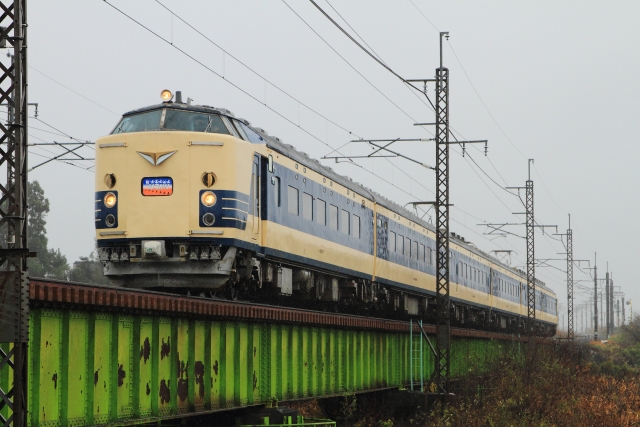
Later, as the electrification of all lines on the Tohoku Main Line was completed and trains were able to run, the ``Hatsukari'' was changed to a train .
In addition, with the timetable revision in October 1968, the route was changed to include via the Tohoku Main Line
By switching to the Tohoku Main Line, trains can now stop at Utsunomiya Station and Fukushima Station, both of which are the prefectural capitals.
Also, the train used for Hatsukari at this time was the 583 series train
The speedup effect of introducing trains was significant, and the travel time between Ueno and Aomori was now 8 hours and 30 minutes.
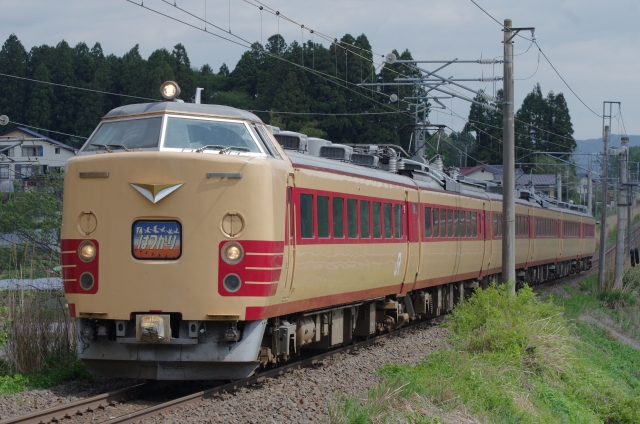
From 1973, the 485 series train, which , was also introduced.
The 485 series limited express train ``Hatsukari'' appears in the picture book ``Shuppattsu Shinko!'' written by Tadataka Yamamoto and published by Fukuinkan Shoten.
Hatsukari was so popular in the Tohoku region at that time.
The opening and extension of the Tohoku Shinkansen and the end of “Hatsukari”
The Tohoku Shinkansen, which tentatively opened between Omiya and Morioka in June 1982, began full-scale operation in November of the same year.
As a result, Hatsukari's operation between Ueno and Morioka will be discontinued, and Hatsukari will become a limited express train that connects Morioka and Aomori .
With the opening of the Seikan Tunnel in March 1988, the timetable was revised, and the operating section of some Hatsukari trains extended between Morioka and Hakodate , allowing trains to reach Hokkaido.
In 1996, the 485 series trains were renewed to improve on-board facilities, and in 2000, the new E751 series began operating as the limited express "Super Hatsukari" between Morioka and Aomori. Did.
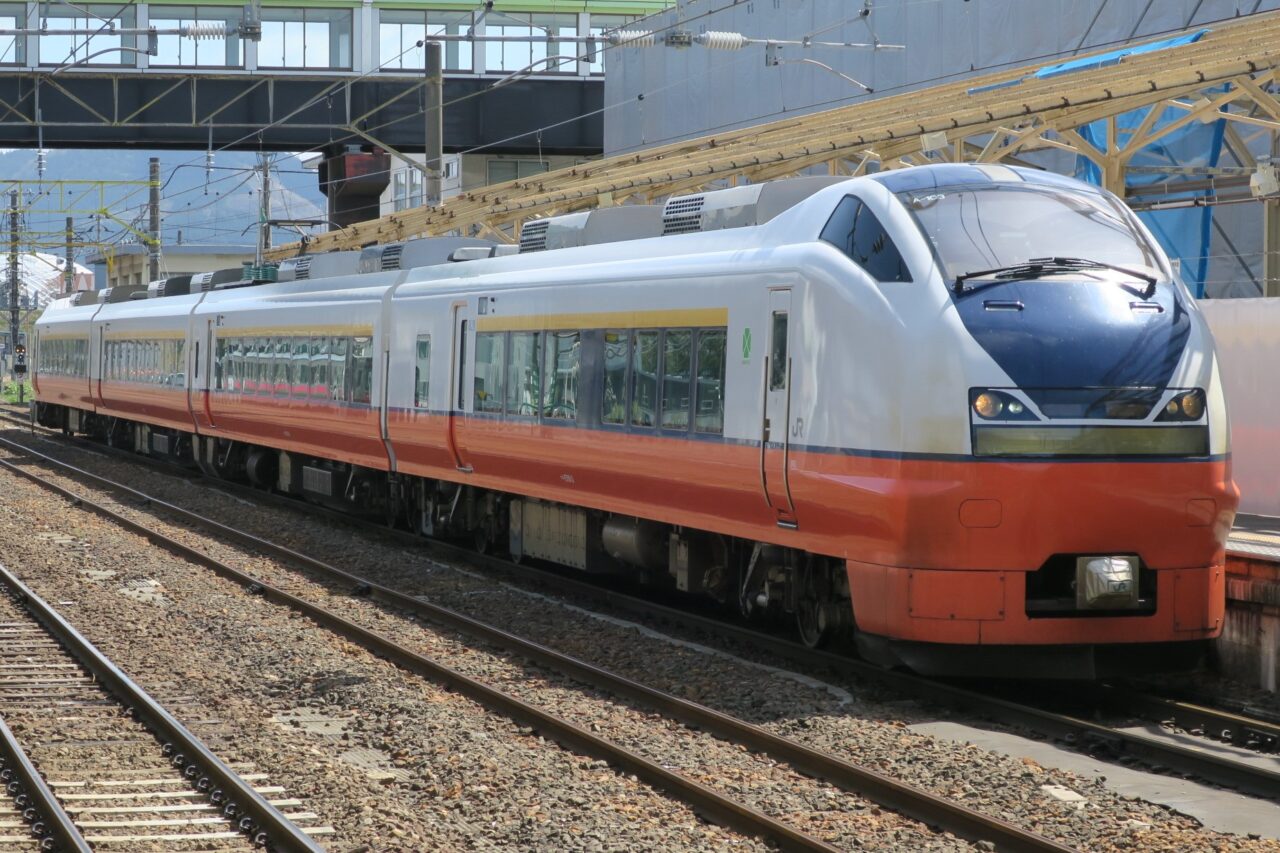
However, this was the last glimmer of "Hatsukari."
In December 2002, the Tohoku Shinkansen will be extended to Hachinohe Station in Aomori Prefecture.
Along with this, the conventional limited express trains in the Tohoku region were reorganized, and ` `Hatsukari'' and ``Super Hatsukari'' were abolished.
The train nickname ``Hatsukari'' disappeared 44 years after its debut.
Unfortunately, even after that, it has not been revived as a nickname for trains that operate regularly, regardless of whether they are Shinkansen or conventional lines.
summary
The Tohoku Shinkansen has been further extended, and now the Hayabusa runs between Tokyo and Shin-Aomori in about 3 hours and 20 minutes.
There is no need to compare it with the time it took for Hatsukari to travel from Ueno to Aomori, which took more than 8 hours.
"Hatsukari" appeared as the fastest train connecting the Tokyo metropolitan area and the Tohoku region, carrying many people, and then disappeared with the opening and extension of the Tohoku Shinkansen.
Although it is hard to see it now, it is undoubtedly a train that left a huge footprint in the history of Tohoku's railways.


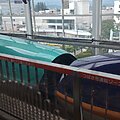
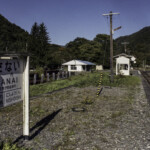
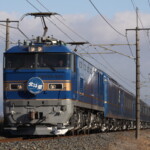
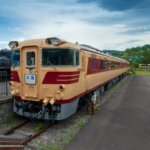
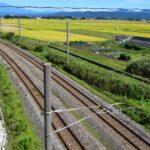
![From diesel express trains to bullet trains... The path of Tsubasa [Akita Prefecture and Yamagata Prefecture] 22566129_m](https://jp.neft.asia/wp-content/uploads/2024/06/22566129_m-150x150.jpg)
![The Inaho express train has been connecting the Sea of Japan side of the Tohoku region with the metropolitan area and Niigata prefectures [Aomori, Akita, Yamagata prefectures] E653 series "Inaho"](https://jp.neft.asia/wp-content/uploads/2025/07/31575113_s-150x150.jpg)
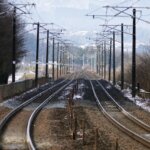
![The trajectory of the Joban Line express train "Hitachi", which has been at the mercy of the times but has played a role in connecting the Pacific coast of Tohoku [Miyagi Prefecture and Fukushima Prefecture] 28017333_l](https://jp.neft.asia/wp-content/uploads/2024/04/28017333_l-150x150.jpg)
